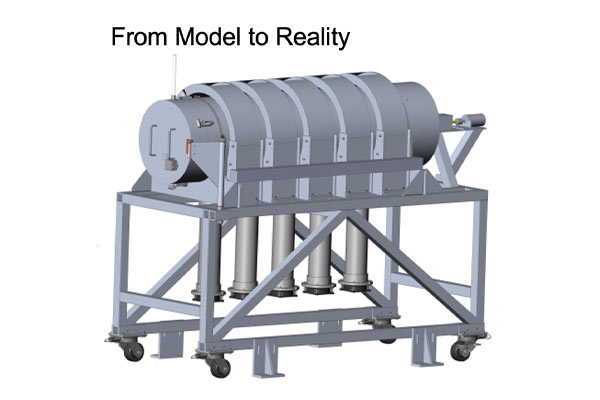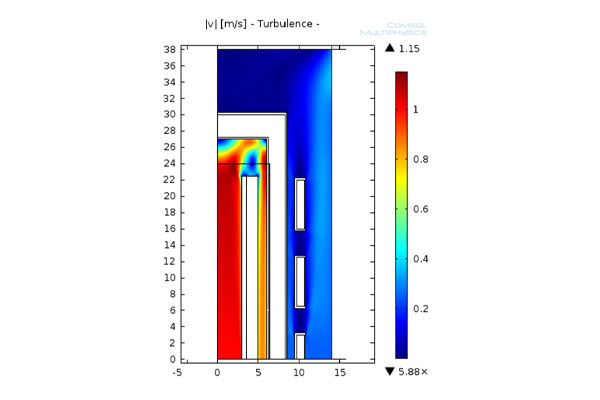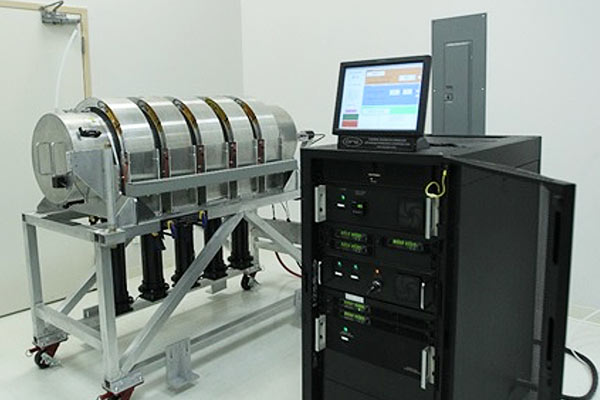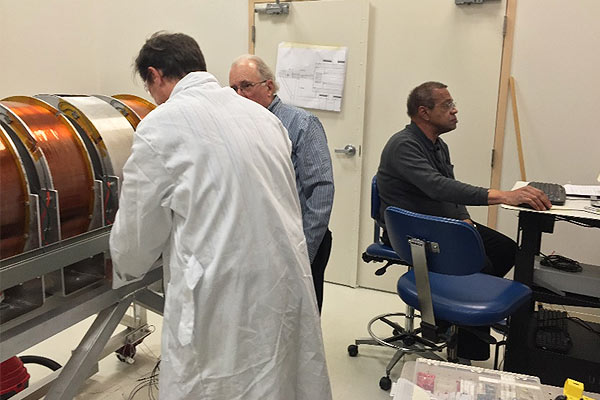Engineering
Arcnano provides engineering services such as process development, modeling, design, drafting and documentation. Whether a MEMS’s or thin film sensor, mechanical tooling and fixture design or design and development of a fully integrated system, Arcnano has the broad breadth of engineering and science capabilities to meet our customer’s needs.
Our broad breadth of capabilities allows us to not only design, but manufacture and deliver the solutions our customer’s need.




